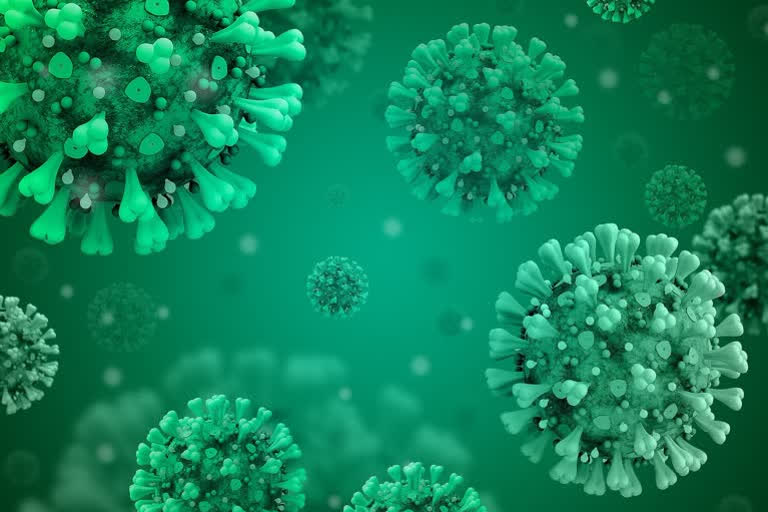Hyderabad: A group of students at Cranfield University in the UK have designed computer models that can identify COVID-19 in X-rays.
According to reports, the model can identify information that would not normally be recognised with the naked eye and can assist with the diagnosis of the coronavirus infection. The models use computer vision and artificial intelligence (AI) to analyse chest X-ray imagery.
The AI is able to detect anomalies in an X-ray that indicate pneumonia, a common symptom of Covid-19. After classifying which are positive for pneumonia, a second model is used to diagnose if the pneumonia is caused by the SARS-CoV-2, reports said.
Two groups studying for their MSc programme, specialising in Computer and Machine Vision (CMV option) at the Varsity decided to take up the challenge as their group project, which tasked the students to work collaboratively on problems and to devise a solution.
The team used deep learning frameworks that teach computers to learn by example from existing data. While the team believes that their AI model is able to predict results accurately, they are working on the algorithms to further improve its reliability.
This year the group project activity was itself impacted by COVID-19 and, due to lockdown, some students returned to their homes overseas. The determined groups continued with their projects remotely, despite being thousands of miles apart in China and France, as well as nearby Cranfield and Milton Keynes.
The lecturer in Computational Engineering at Cranfield University, Dr. Zeeshan Rana is guiding the team for this project. He is now exploring collaboration opportunities with medical authorities or industry to develop the project to the next level, using more advanced AI algorithms and CT (computed tomography) scans to show greater detail and accuracy in the results.
Dr. Rana said, "The research carried out in this pilot project has led to some extremely promising results and we are looking to build on this success rapidly to help in the fight against COVID-19. I am incredibly proud of the work my researchers have carried out. They are a credit to the University and I’m delighted that we are able to support them remotely in carrying out their studies."
The groups employed conventional machine learning algorithms as wells as deep learning frameworks, a machine learning technique that teaches computers to learn by example. The AI model employed in this project was able to predict results with great accuracy.
However, the research groups believe that they are able to further develop new algorithms to produce even more robust and reliable results.



